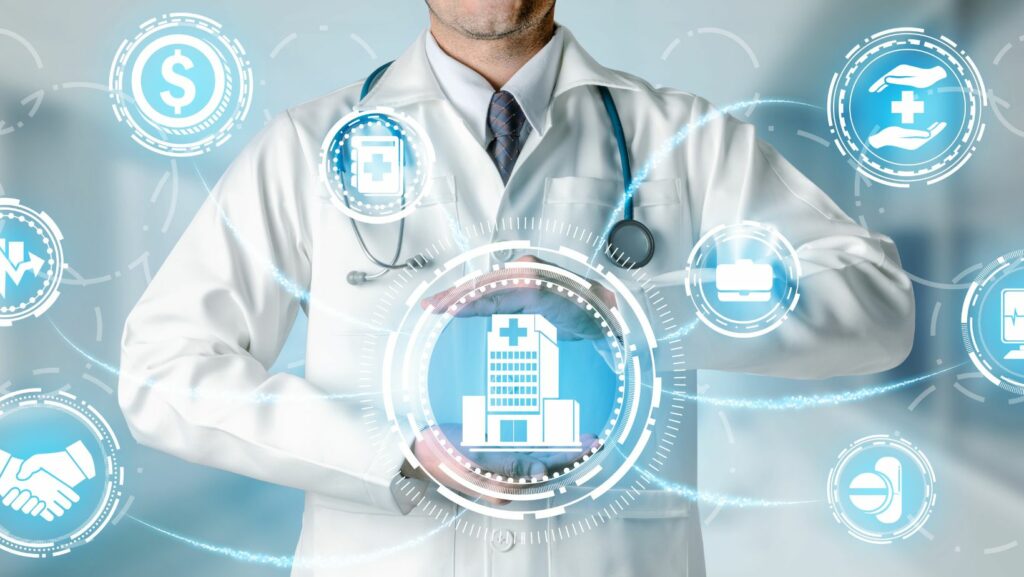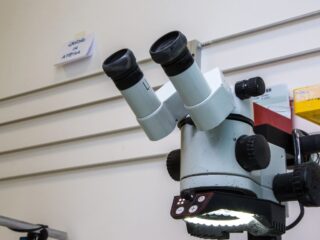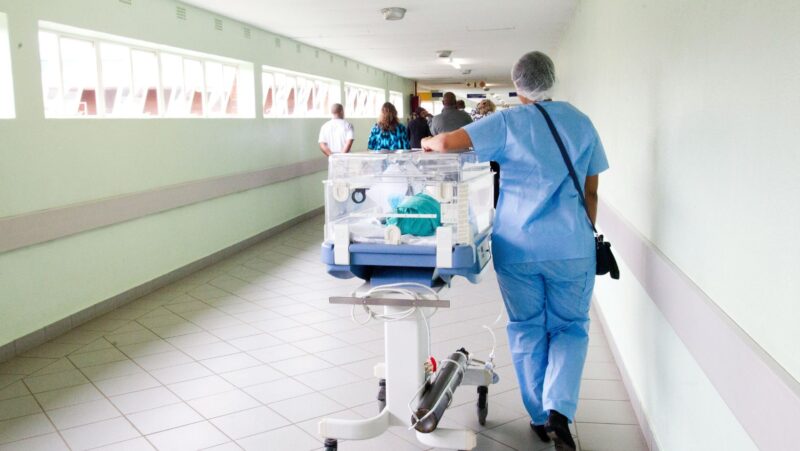
In the healthcare industry, operational efficiency is not just a goal—it’s a fundamental component that directly impacts the quality of patient care. Even minor lapses can lead to significant challenges, particularly when managing assets.
A study found that over 30% of nurses in the UK’s NHS reported they spent around one hour per shift simply looking for equipment. This not only highlights inefficiencies but also indicates a direct effect on the availability of care and stress levels among healthcare staff.
This article examines a Computerized Maintenance Management System (CMMS) and its potential benefits for medical facilities.
What Is a Healthcare CMMS?
A Healthcare CMMS is a tool specifically designed to manage and optimize the maintenance operations of healthcare facilities. It functions as a software platform that centralizes all data related to an organization’s assets, including medical equipment, infrastructure, and compliance documentation. Centralizing this information not only simplifies access to crucial data but also significantly enhances the efficiency with which maintenance tasks are performed.
The following are some of the core functions of maintenance management software for medical facilities:
- Asset Management: It keeps a comprehensive record of all medical assets, tracking their condition, location, history, and lifecycle. This detailed monitoring helps prevent equipment failures and ensures that all assets are in optimal working condition and ready for use when needed.
- Preventive Maintenance Scheduling: An asset management system helps avoid the costly downtime associated with equipment breakdowns by scheduling regular check-ups. Moreover, preventive maintenance extends critical medical equipment’s lifespan, reduces emergency repairs’ frequency, and ensures operational readiness.
- Regulatory Compliance Tracking: The medical industry operates under strict regulatory standards, and the software is important for maintaining compliance by tracking and documenting maintenance activities against regulatory requirements. This is crucial during inspections and audits, as it provides clear evidence of compliance and operational integrity.
- Work Order Management: The software can streamline the entire process from creating and assigning work orders to tracking their completion.
This functionality enhances workflow efficiency and ensures that tasks are carried out promptly and effectively.
How Does a Healthcare CMMS Work?
A CMMS creates a centralized hub for all maintenance-related activities within the organization. This system organizes and stores critical data and automates many of the processes associated with maintaining a healthcare facility’s operations.
Here’s how these processes work in concert to support operations:
- Dynamic Scheduling and Alerts: A CMMS automates the planning and execution of maintenance activities, ensuring that nothing is overlooked. The system schedules both routine and unexpected tasks based on real-time data inputs and predictive analytics. As a result, it can help extend the equipment’s lifespan and reduce the chances of disruption from breakdowns.
- Streamlined Work Order Execution: Once the facility’s needs are identified, the software generates work orders, assigns them to the appropriate staff, and tracks their execution. This centralized work order management system enhances teams’ efficiency by providing them with detailed task descriptions, necessary tools and parts information, and deadlines, all within the platform.
- Enhanced Compliance and Documentation: In the tightly regulated healthcare sector, staying compliant with standards and laws is non-negotiable. A CMMS supports compliance by automatically updating records of any activities, which can be crucial during audits and inspections. Furthermore, it ensures that all operations adhere to industry standards and that documentation is ready and accessible when needed.
- Integrated Reporting Tools: Asset management platforms typically feature robust reporting capabilities that allow the facilities to monitor effectiveness, asset utilization, and overall operational efficiency. These reports can provide insights into performance trends, cost management, and improvement areas, which are important for strategic planning and resource allocation.
- Mobile Integration: Modern solutions incorporate mobile technology, allowing staff to receive and update work orders from anywhere in the facility. This mobile connectivity ensures technicians can access information on the go and update task statuses in real-time. Plus, it can access manuals or technical documents as needed, helping to enhance response times and operational flexibility.
Conclusion
Implementing a Healthcare CMMS is not just about adopting new technology; it’s about making a strategic decision to enhance the efficiency and effectiveness of healthcare delivery. As the industry continues to evolve, the capabilities provided by an asset management system will become increasingly fundamental to sustaining high standards of patient care and operational excellence.














